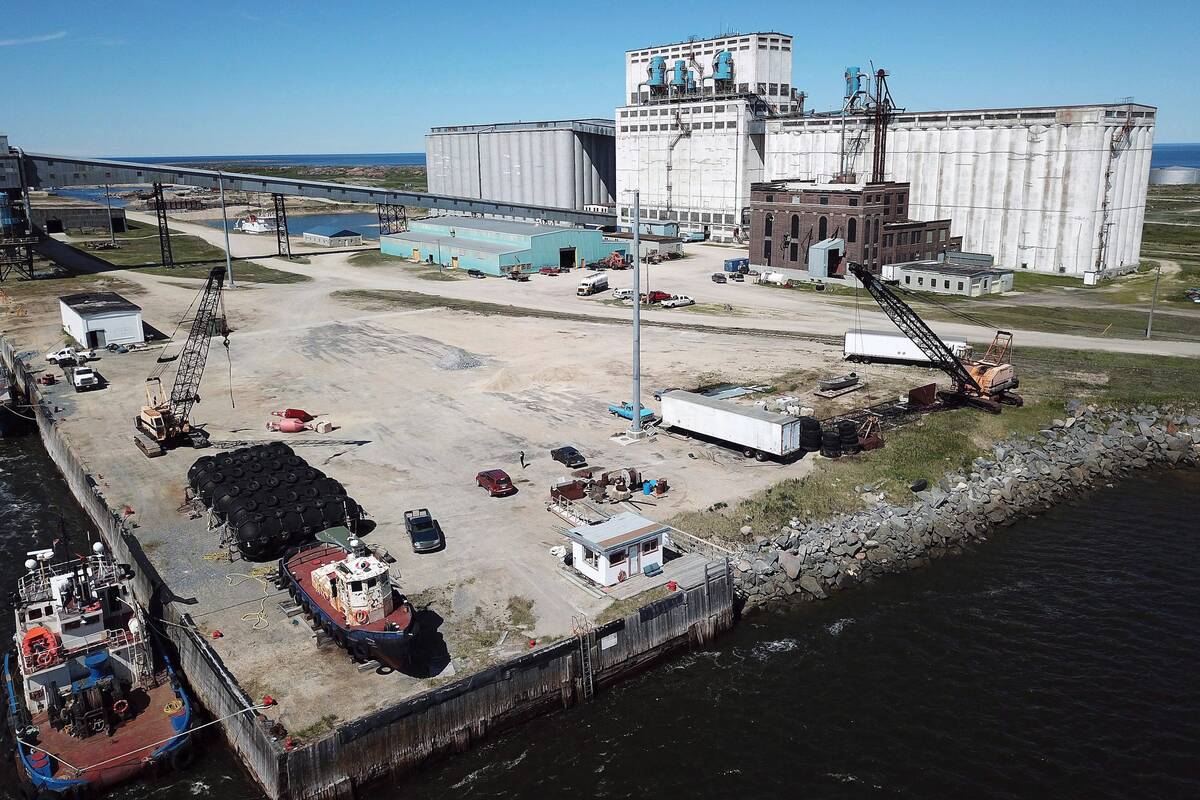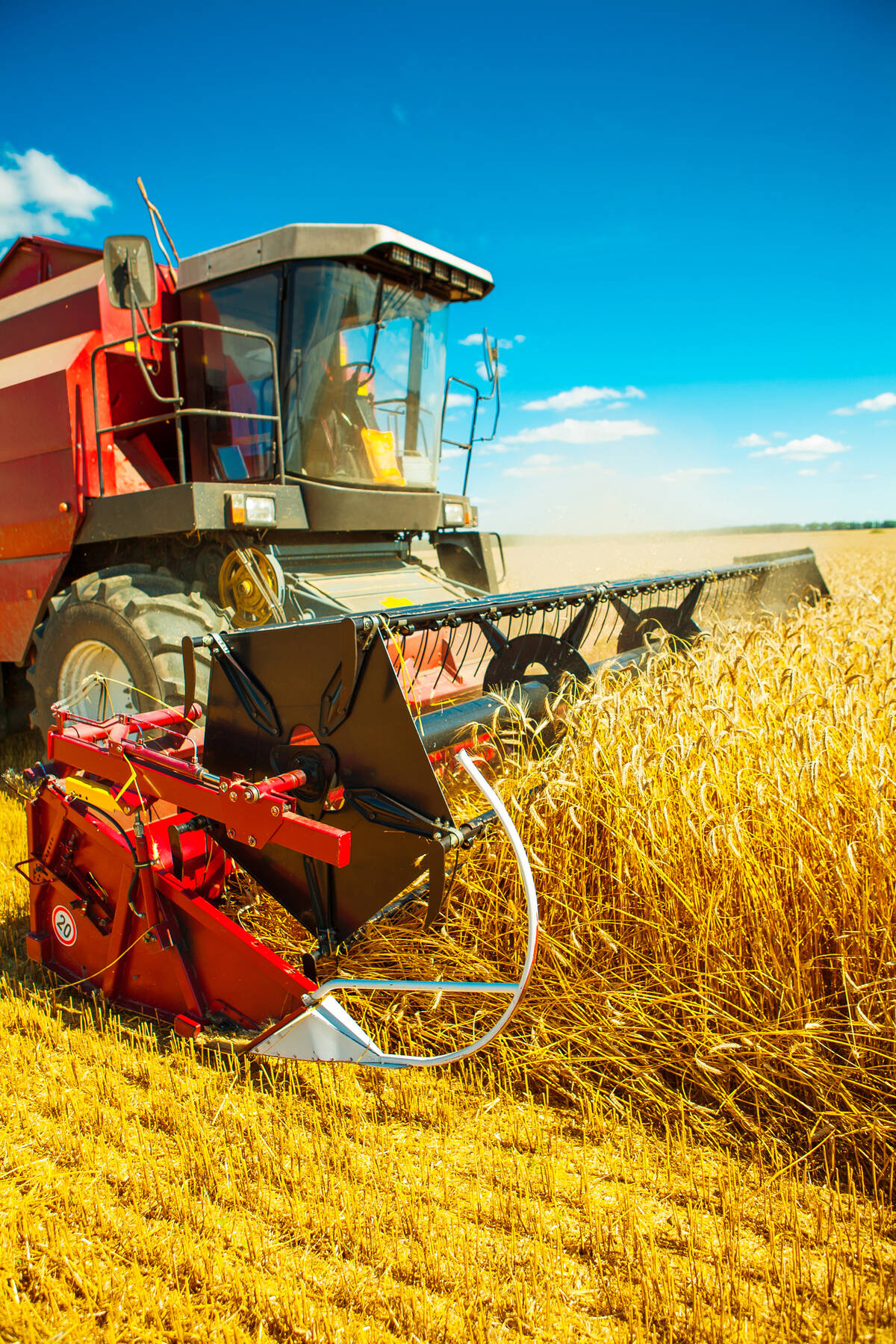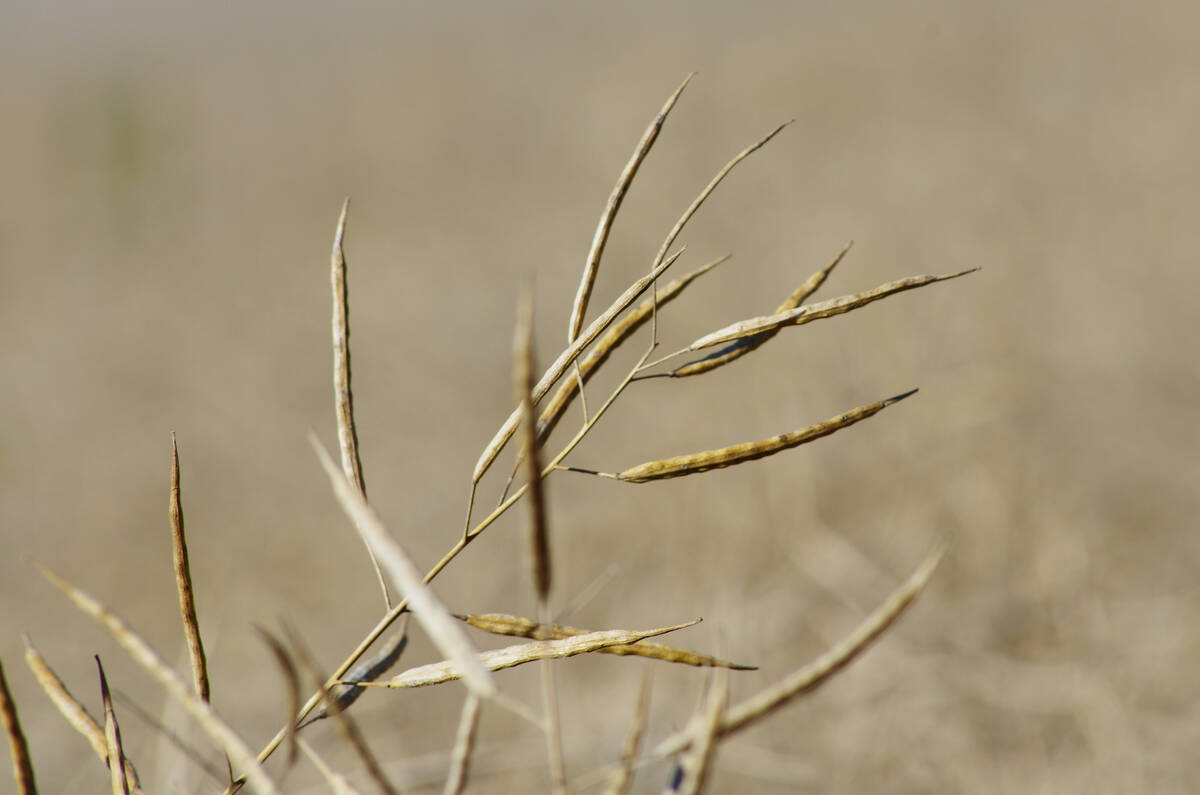Tariffs flying between major trading partners this year have been bad news for Canadian agriculture, but the bigger threat might be the indirect hit — the uncertainty from shifting trade policies freezing billions in potential investment across the sector.
That was one message from this year’s Fields on Wheels Conference, hosted by the University of Manitoba and the Transport Institute on Oct. 8.
WHY IT MATTERS: Investment is a hard sell when markets and trade policies sit on unstable ground, and the earth underpinning Canadian agriculture and agri-food business decisions has been rocking hard all year.
Read Also

Sizing up Port of Churchill expansion challenges
The Port of Churchill has some hurdles to clear before it can become the sea trade powerhouse for Manitoba and Canada that governments and the agricultural industry hope it will.
Both tariffs and protectionism are reshaping Canada’s agricultural landscape, particularly with the country’s two most critical export markets, the United States and China. If historical patterns hold, current uncertainty levels could trigger a 25 per cent drop in business investment and push unemployment up one percentage point, according to Trevor Tombe, an economics professor at the University of Calgary.
“By far the larger shock that Canada’s been experiencing, and many sectors have been experiencing, is the uncertainty shock,” Tombe said. “We’re one tweet away from the fundamental economic relationship being completely upended between Canada and the United States.”

Market barriers hit
That uncertainty is already taking a toll. Cam Dahl, general manager of Manitoba Pork, said the sector should be seeing major investments in new facilities during this phase of the production cycle, but money has dried up.
“A new hog barn, it’s not $10,000, it’s $15 million to $20 million,” Dahl said. “We should be seeing investment in additional processing, but that investment is not happening. And the significant reason that that is not happening is because of global and trade uncertainty, in particular with the United States.”
Manitoba’s pork sector produces eight to 8.5 million pigs annually and exports 90 per cent of production, either as pork products or live animals. The industry supports 22,000 jobs and contributes $2.3 billion to provincial GDP, Dahl said.
For canola, the challenges are multiplying. China, which has historically been the top buyer of Canadian canola seed, imposed preliminary anti-dumping duties of 75.8 per cent last August, on top of retaliatory tariffs on pork, canola oil and meal, peas and fish announced back in March.
There’s also the recent changes to U.S. biofuel policy, which speakers noted have temporarily reduced canola oil’s competitiveness in the renewable fuel market, though there are some positive policy signals emerging, according to Brittany Wood, senior manager of trade and transport policy with the Canadian Canola Growers Association.
North of the border, the federal government promised $370 million to biofuel production incentives in the wake of canola’s difficulties, part of a support measures package that was welcomed by biofuel producers, although the cash advance changes that were part of the same announcement, and which be of more immediate impact to canola producers, failed to gain traction with growers.

Domestic biofuel production has potential for growth, Wood said, with new renewable diesel facilities in Canada creating significant new demand for canola oil.
A facility producing one billion litres of renewable fuel requires one million metric tonnes of canola oil, attendees heard, equivalent to Canada’s second and third-largest seed export markets combined.
“That is like a whole new market,” Wood said.
U.S. market importance
Both Dahl and Wood agree that, while market diversification is important, it cannot replace the U.S. market for Canadian agriculture. The U.S. market accounted for $7.7 billion of Canada’s $14.4 billion in agricultural exports in 2024.
Dahl warned that protectionism predates recent political changes and is appearing in multiple forms beyond traditional tariffs. He pointed to California’s Proposition 12, which extends state animal welfare regulations across North America, forcing Manitoba farmers to comply with California rules. The pork sector has long argued that such measures threaten to throw a wrench into the harmonized U.S.-Canada market.
“We didn’t negotiate a trade agreement with individual states. We negotiated it with the United States of America,” Dahl said. “So, this extrajudicial reach of sub-national governments is something that does need to be addressed.”

CUSMA review looms large
The coming review of the Canada-U.S.-Mexico Agreement (CUSMA) represents a critical juncture, speakers said. Agriculture needs a unified strategy before negotiations intensify, Dahl believes.
“If you’re a trade negotiator or you’re the federal minister of agriculture, and you have 400 different opinions, you can do whatever you want, or you can do nothing,” he said. “Agriculture needs to get together and have a strategic plan, and we probably should have done that two years ago.”
Building U.S. alliances key
Dahl urged Canadian producers to build stronger relationships with U.S. farm organizations and state governments. He believes that senators are more likely to listen to voices from their home states than to Canadian officials.
“We need to be reaching out to our partners in the United States,” he said. “Senators aren’t going to listen to the Canadian agriculture organization. Two senators from Iowa are going to listen when the president of the Iowa Farm Bureau calls.”
















